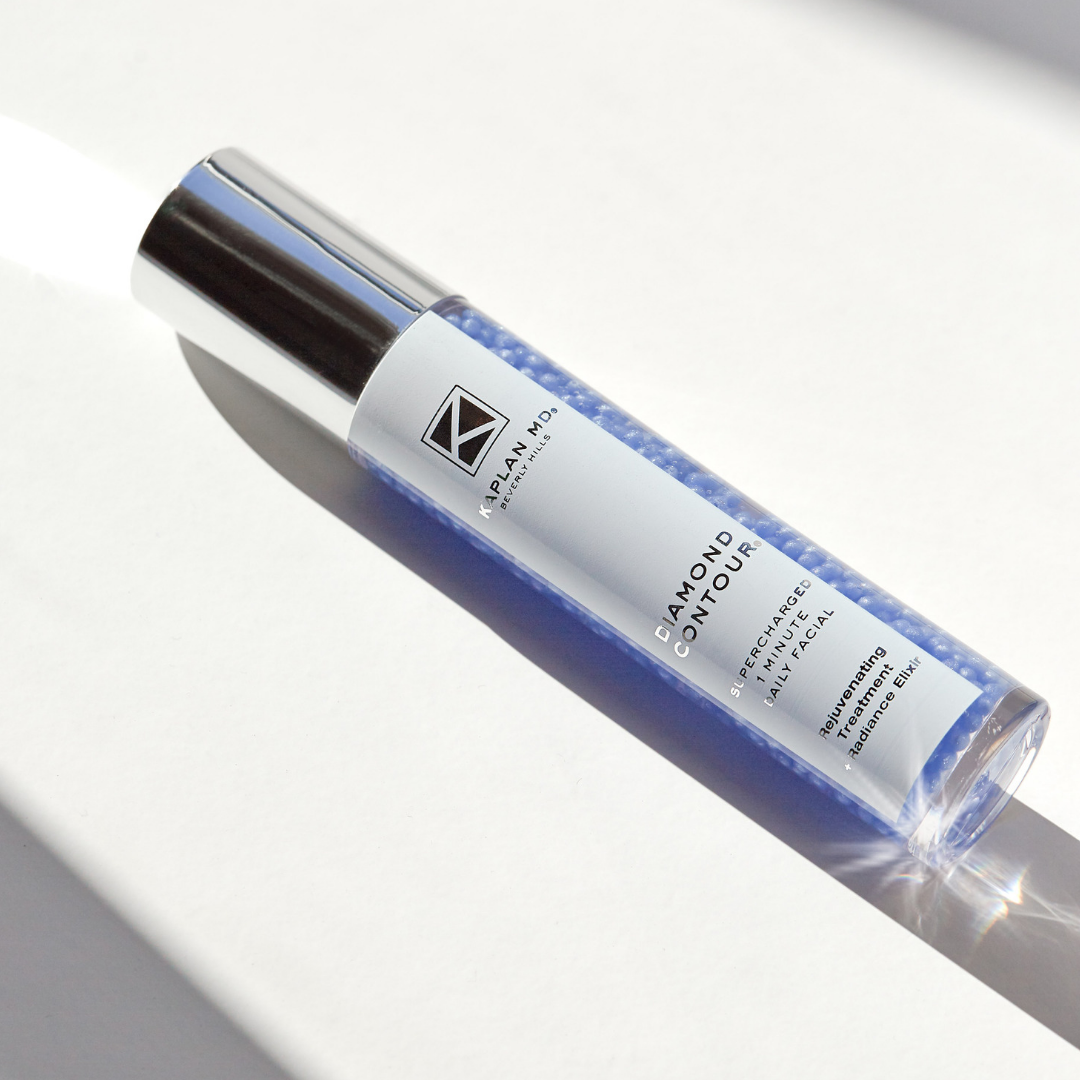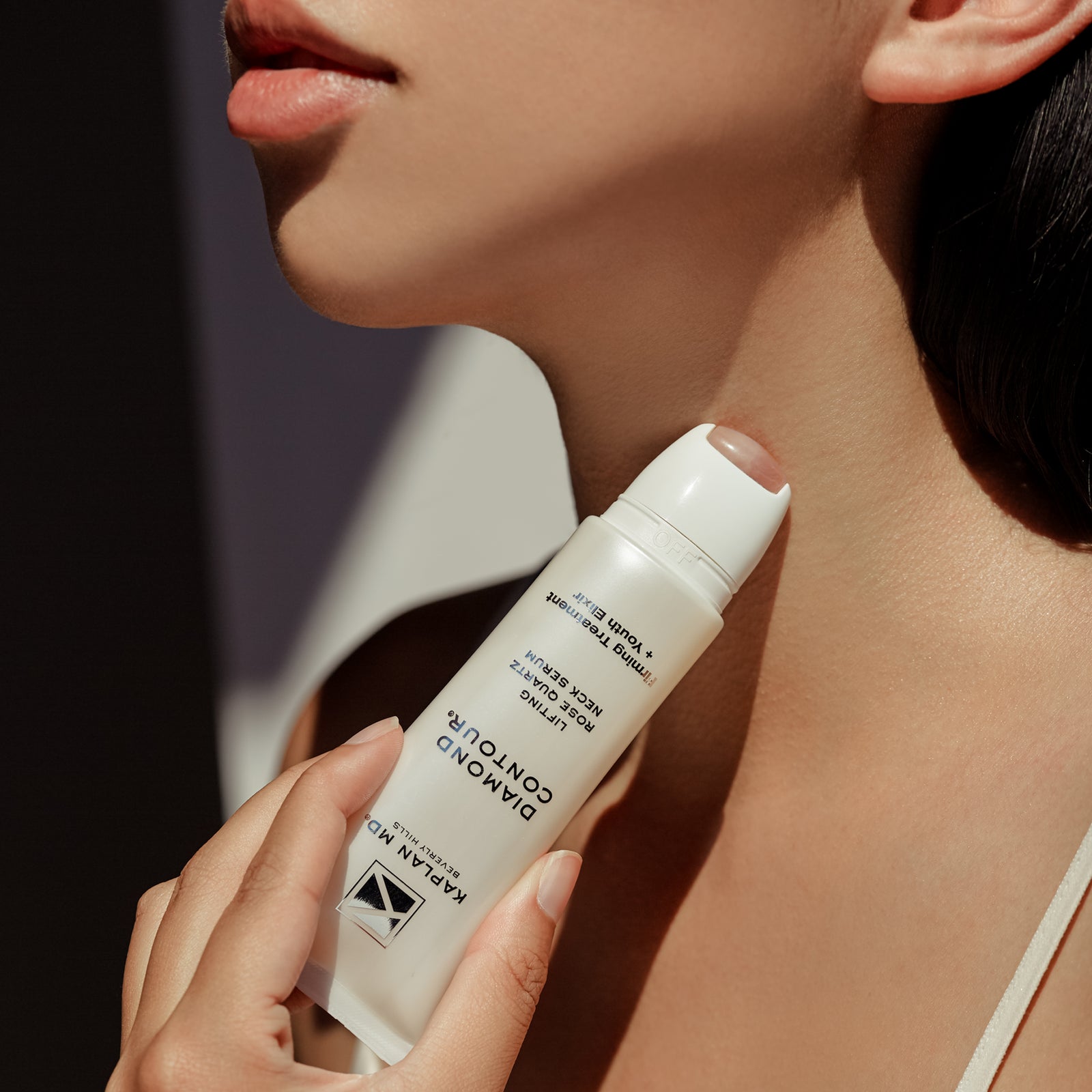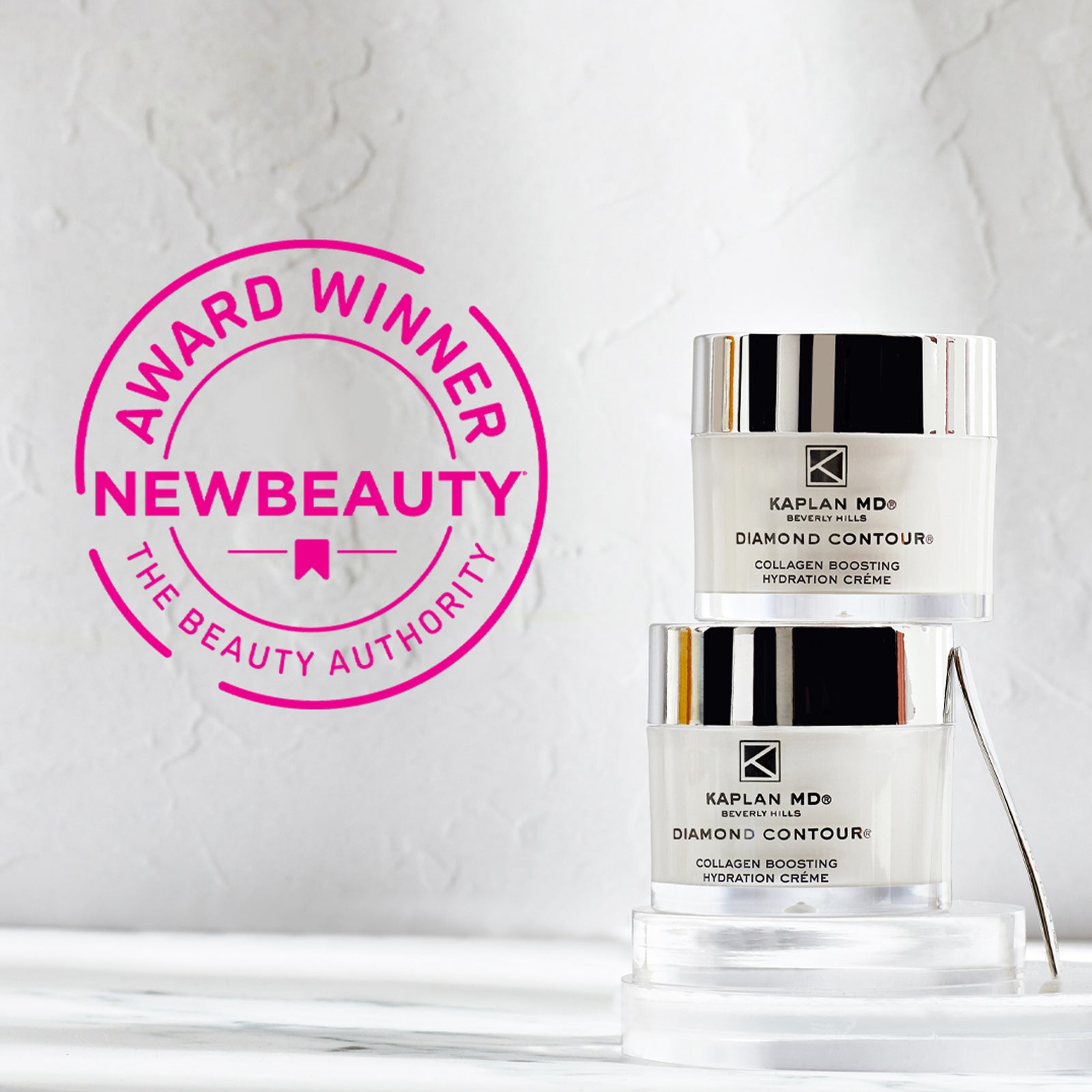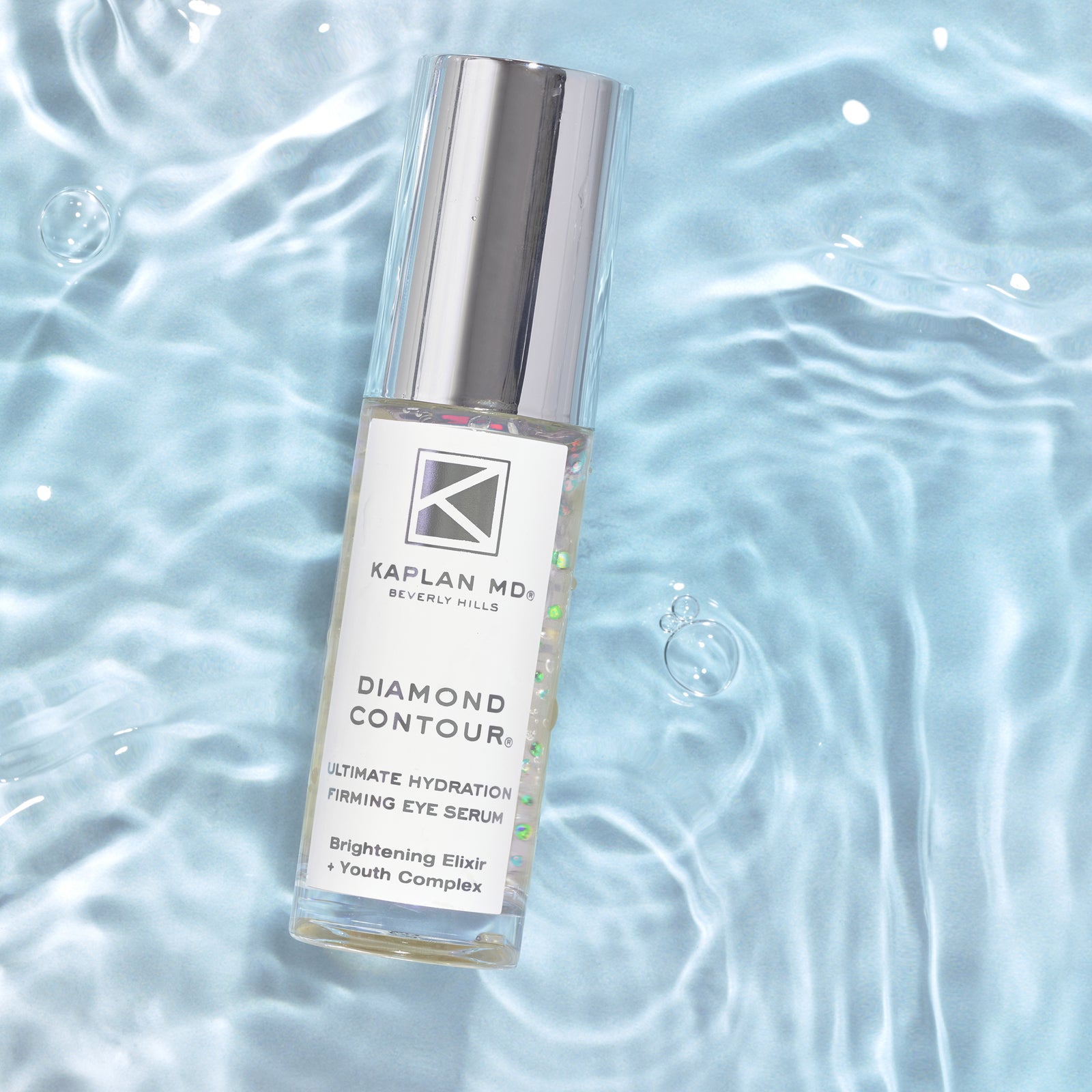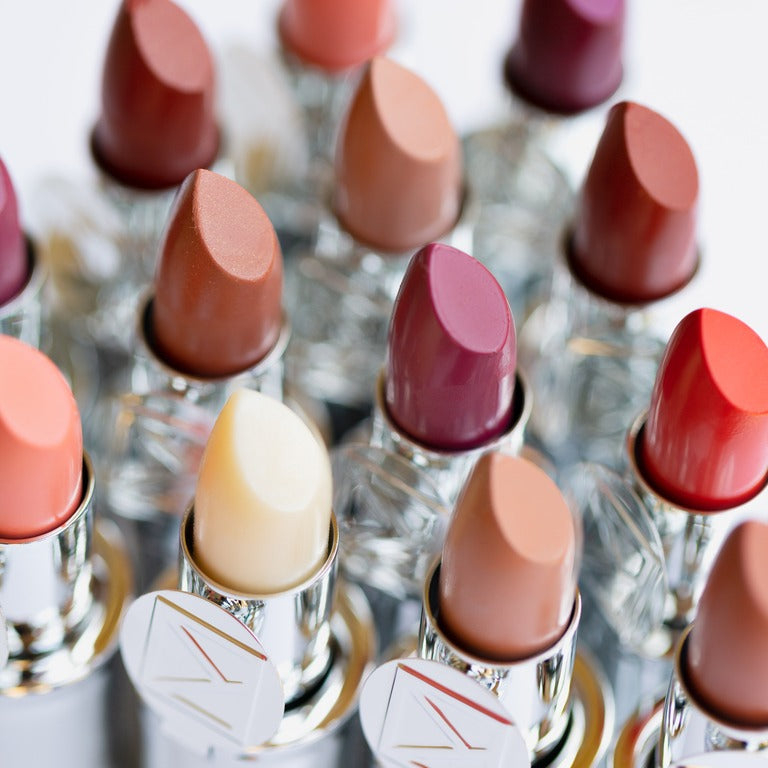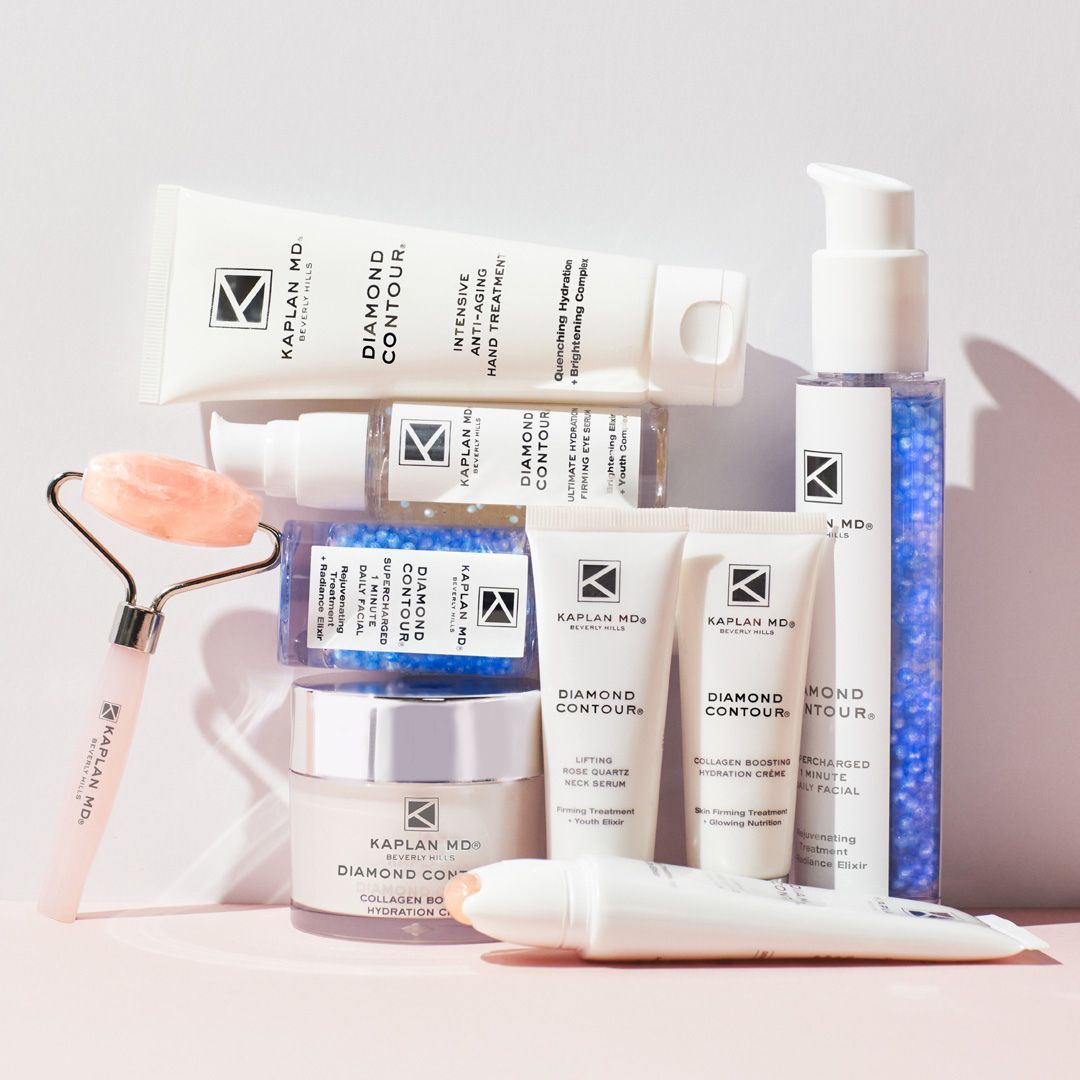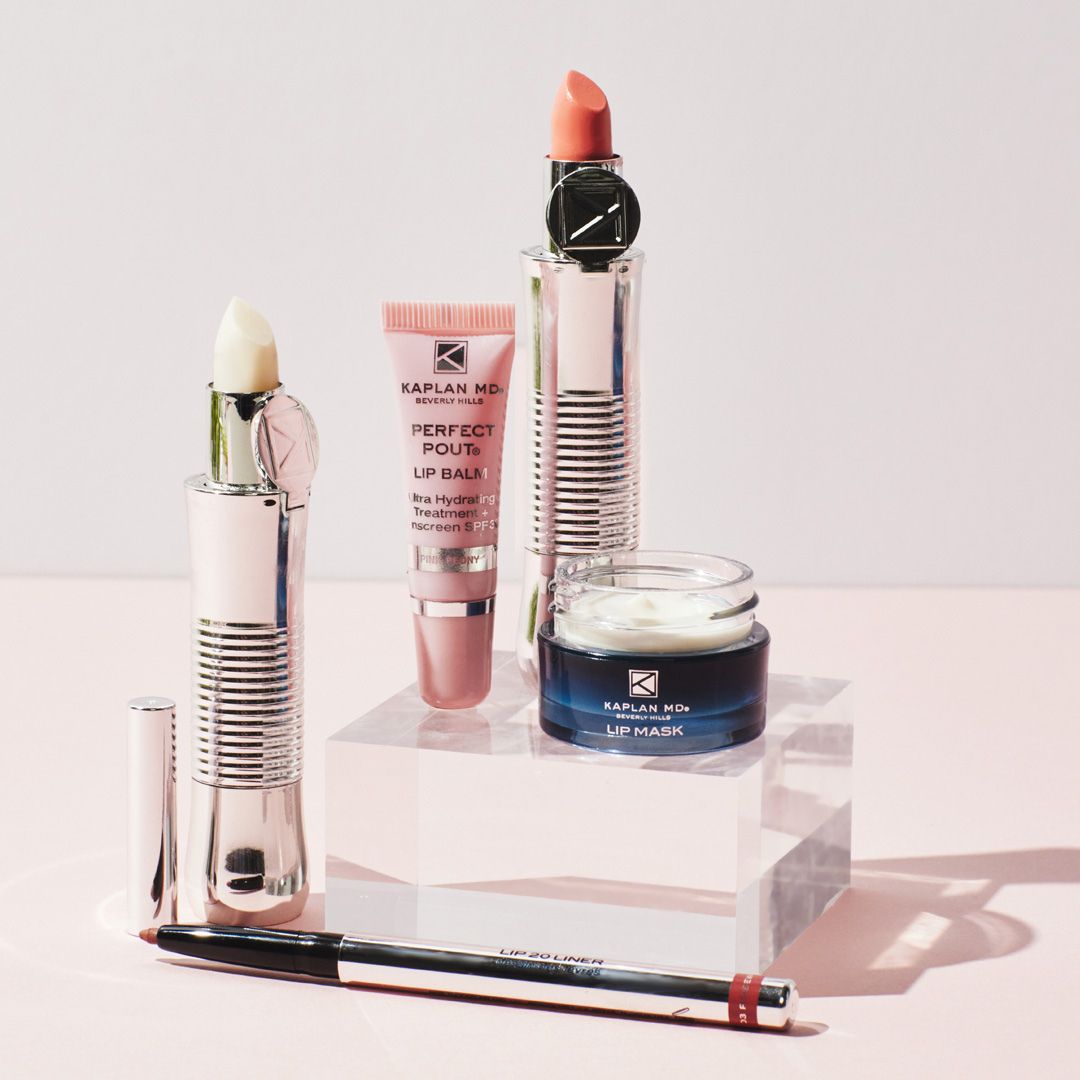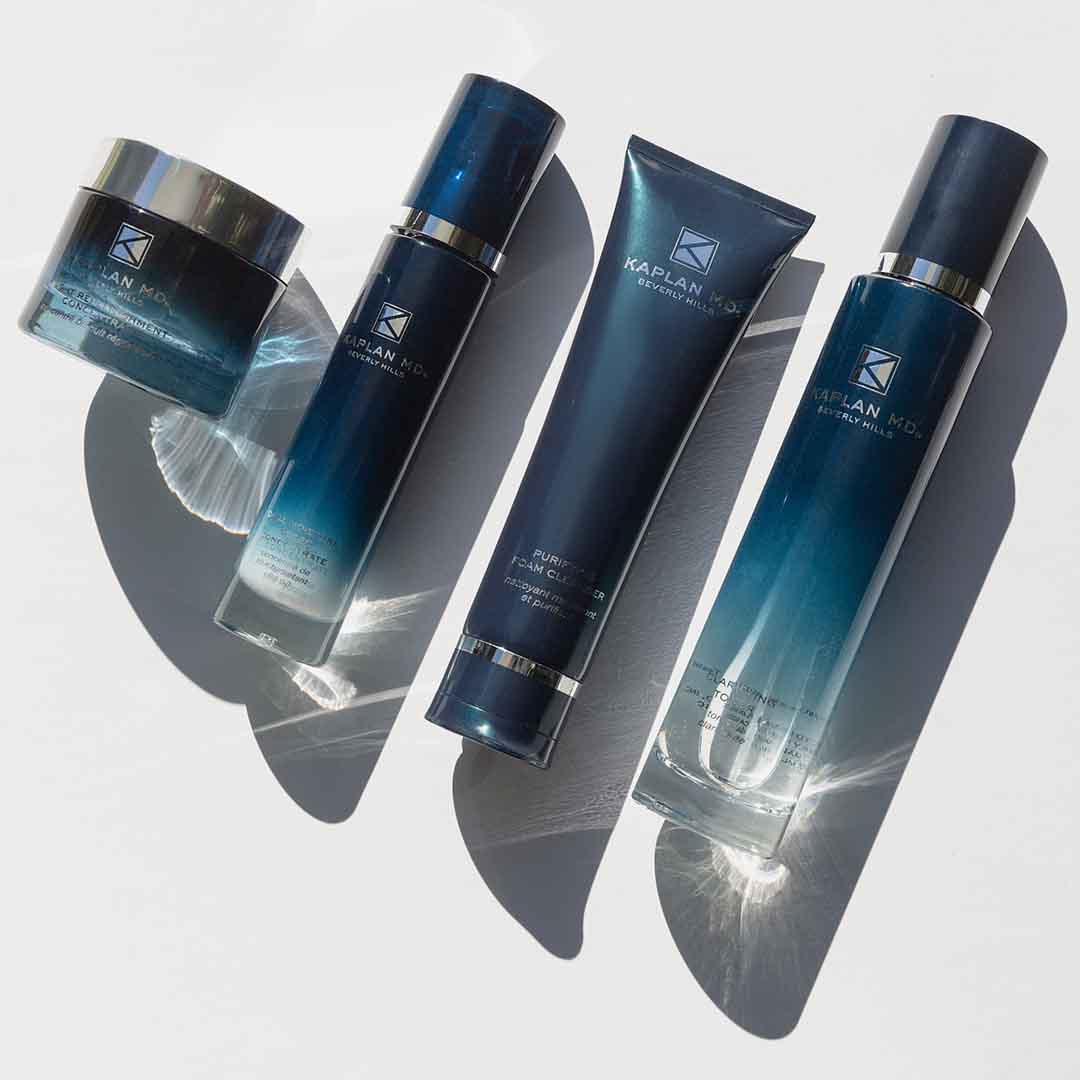Dr. Kaplan – Sunscreen & Sunscreen Protection
SUNSCREEN & SUNSCREEN PROTECTION
Exposure to the sun can cause premature aging and skin cancer. Skin cancer is very serious. For this reason, it is important to protect your skin from the harmful ultraviolet (UV) rays of the sun.
Sun protection at every age is important to prevent the short- and long-term damaging effects of sunlight. This is especially important if you have fair skin, but the sun’s rays can harm skin of any color. The use of sunscreen is an important part of sun protection. Sunscreen combined with other sun-safety steps, such as seeking shade and wearing long-sleeved shirts, pants, a wide-brimmed hat and sunglasses, can reduce your risk for skin damage.
Exposure to sunlight can result in painful, red, sunburned skin. Repeated or blistering sunburns when young can lead to serious consequences, such as skin cancer, later in life. Long-term exposure can increase the signs of aging such as wrinkles, age spots, dilated blood vessels, and changes in the texture of the skin. It is never too late to begin protecting your skin from the sun.
WHAT CAUSES SUN DAMAGE?
Sunlight consists of two types of harmful rays: ultraviolet A (UVA) rays and ultraviolet B(UVB) rays. UVB rays are the sun’s burning rays and are the primary cause of sunburn and suntan. UVA rays reach deeper into the skin and lead to signs of premature skin aging such as wrinkling and age spots. UVA rays also pass through window glass, leading to exposure even when you are indoors. Exposure to both forms of UV rays can lead to skin cancer. There is no “safe” UV ray, and there is no such thing as a safe tan.
You should avoid the use of indoor tanning. Artificial UV rays from tanning beds can cause the same aging effects and skin cancers as natural sunlight.
HOW DO SUNSCREENS WORK?
Apply sunscreen to dry skin 30 mins before going outdoors. Put it on all areas of your skin exposed to the sun, including your face, ears, neck, and hands. Be sure to apply sunscreen generously and evenly. Ideally, sunscreens should be broad-spectrum (protect against both UVA and UVVB rays) and water-resistant to provide protection even when sweating or swimming , and should have an SPF of 30 or higher. Also, apply a lip balm that has sunscreen to protect your lips from sunburn.
Don’t save the use of sunscreen only for sunny days or vacation. Even on a cloudy day, up to 80percent of the sun’s UV rays can pass through the clouds. In addition, sand reflects 35 percent of the sun’s rays and snow reflects 80 percent of the sun’s rays. For days when you are going to be indoors, put sunscreen on the areas not covered by clothing, such as the face and hands to protect against UVA since UVA rays can pass through glass. You should also apply sunscreen under makeup. Many cosmetic products containing sunscreens are available for daily use.
Reapply sunscreens approximately every two hours, and especially after swimming or sweating. Even water-resistant sunscreens may lose their effectiveness after 40 mins in the water. Sunscreens can rub off and wash off. If you dry off with a towel, reapply sunscreen for continued protection.
WHAT ARE OTHER WAYS I CAN PROTECT MY SKIN?
Seek shade whenever possible. The sun’s rays are strongest between 10 a.m. and 4 p.m. Even on cool, cloudy days, UV rays are still present. You should still use sunscreen and other sun-protective measures.
Beach umbrellas and other forms of shade are a good idea, but they do not provide full protection as UV rays can bounce off sand, water, and porch decks. Sun protection also is important in the winter. Snow reflects up to 80 percent of the sun’s rays, causing sunburn and damage to unprotected skin. Winter sports in the mountains increase the risk of sun damage because there is less atmosphere to block UV rays.
Ideally, use sunscreen with protective clothing, wide-brimmed hats and sunglasses. Most clothing absorbs or reflects some UV rays. However, watch out for light-colored and loose-knit fabrics. In general, the tighter the weave and darker the fabric color, the more UV protection the clothing offers. Regardless of the weave or color, wet clothes that cling to your skin do not offer much protection.
Some companies have developed clothing in ultraviolet protection factor (UPF) TO PROTECT YOUR SKIN FROM THE SUN. Look for products with a UPF of 30 or more. Laundry additives are powders which you can put in the washer with your clothes that can increase their UPF to about 30.
TIPS FOR SUN PROTECTION
Sun exposure is the most preventable risk factor for all skin cancers, including melanoma. You can have fun in the sun and decrease your risk of skin cancer. Here’s how to Be Sun Smart:
- Generously apply a broad-spectrum water-resistant sun screen with a Sun Protection Factor (SPF) of 30 or more to all exposed skin. “Broad-spectrum” provides protection from both ultraviolet A (UVA) and ultraviolet B (UVB) rays. Re-apply approximately every two hours, even on cloudy days, and after swimming or sweating.
- Wear protecting clothing, such as a long-sleeved shirt, pants, a wide-brimmed hat and sunglasses, where possible.
- Seek shade when appropriate, remembering that the sun’s rays are strongest between 10 a.m. and 4 p.m. If your shadow is shorter than you are, seek shade.
- Protect children from the sun exposure by playing in the shade, wearing protective clothing, and applying sunscreen.
- Use extra caution near water, snow and sand as they reflect and intensify the damaging rays of the sun which can increase your chance of sunburn.
- Get vitamin D safely thorough a healthy diet that may include vitamin supplements. Don’t seek the sun.
- Avoid tanning beds. Ultraviolet light from the sun and tanning beds can cause skin cancer and wrinkling. If you want to look like you’ve been in the sun, consider using sunless self-tanning product, but continue to use sunscreen with it.
- Check your birthday suit on your birthday. If you notice anything changing, growing, or bleeding on your skin, seek a dermatologist. Skin cancer is very treatable when caught early.
All content solely developed by the American Academy of Dermatology.

